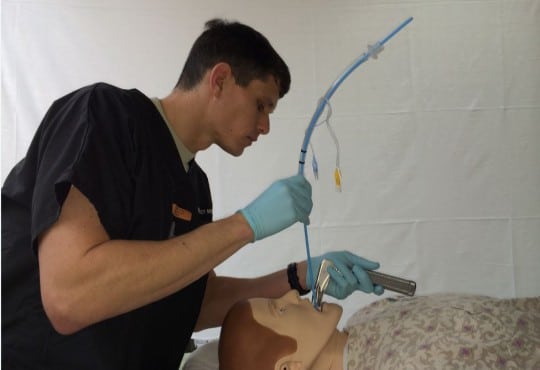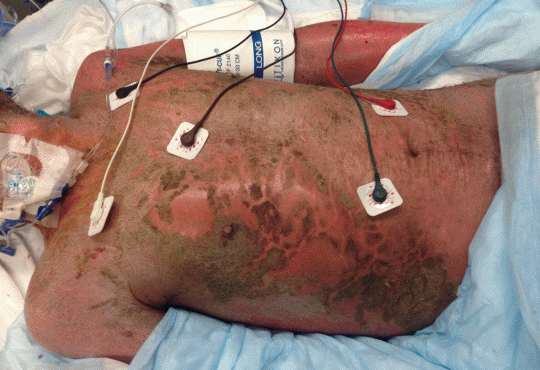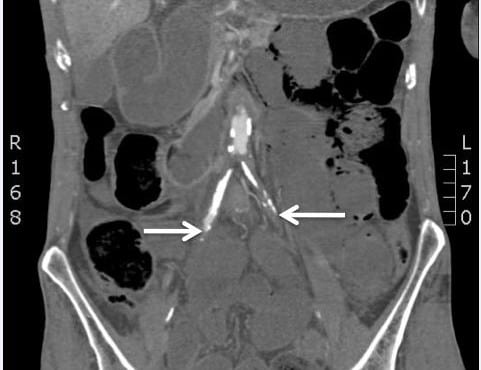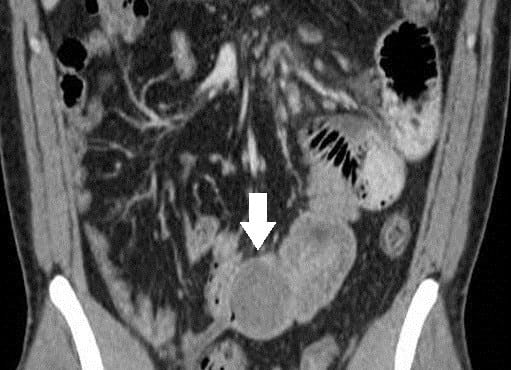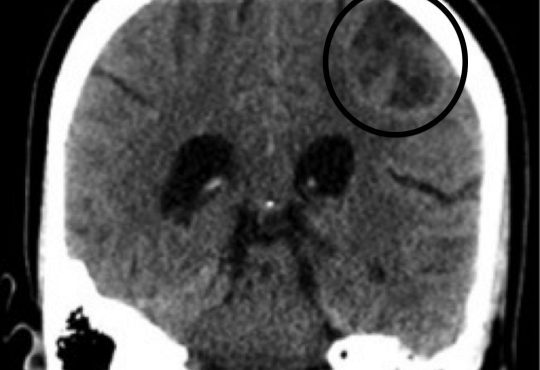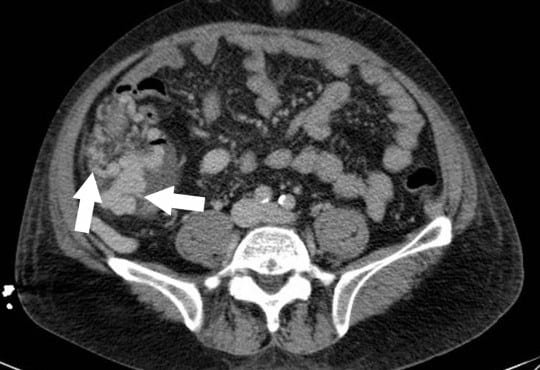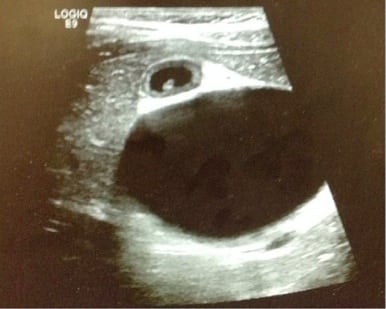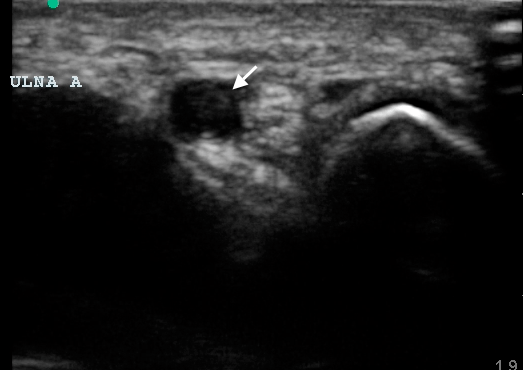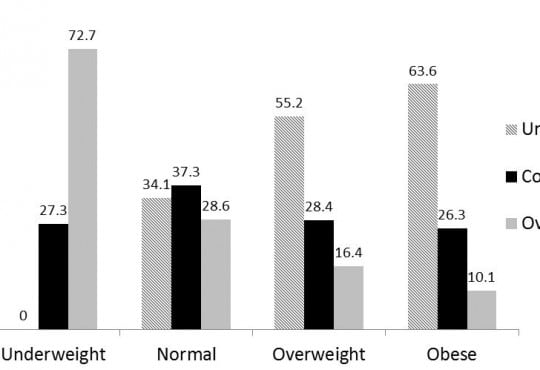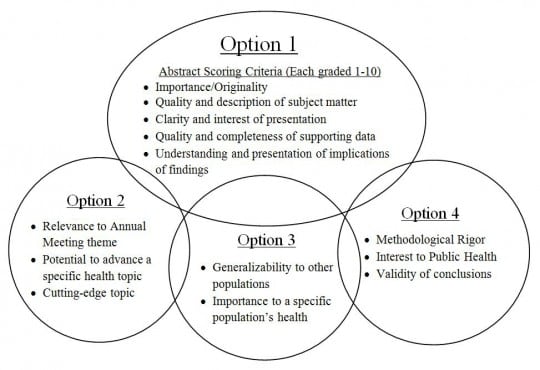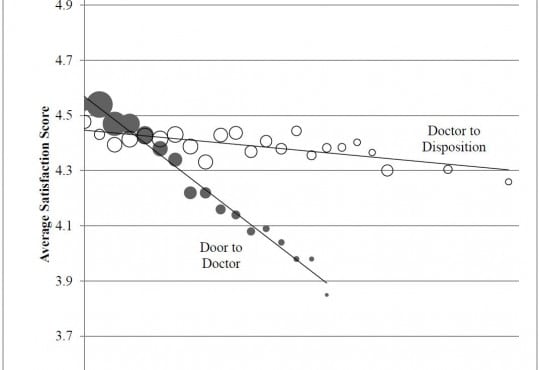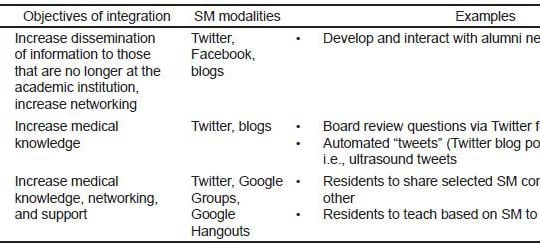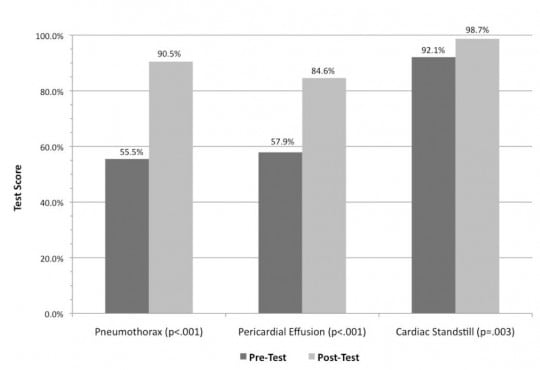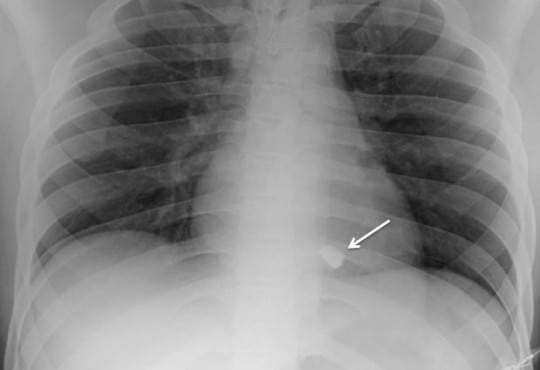Archives
Emergency Department Access
Rural Ambulatory Access for Semi-Urgent Care and the Relationship of Distance to an Emergency Department
Westjem Read More
Treatment Protocol Assessment
Comparison of Preloaded Bougie versus Standard Bougie Technique for Endotracheal Intubation in a Cadaveric Model
Westjem Read More
Population Health Research Design
Validation of ICD-9 Codes for Stable Miscarriage in the Emergency Department
Westjem Read More
Population Health Research Design
How do Medical Societies Select Science for Conference Presentation? How Should They?
Westjem Read More
Emergency Department Operations



